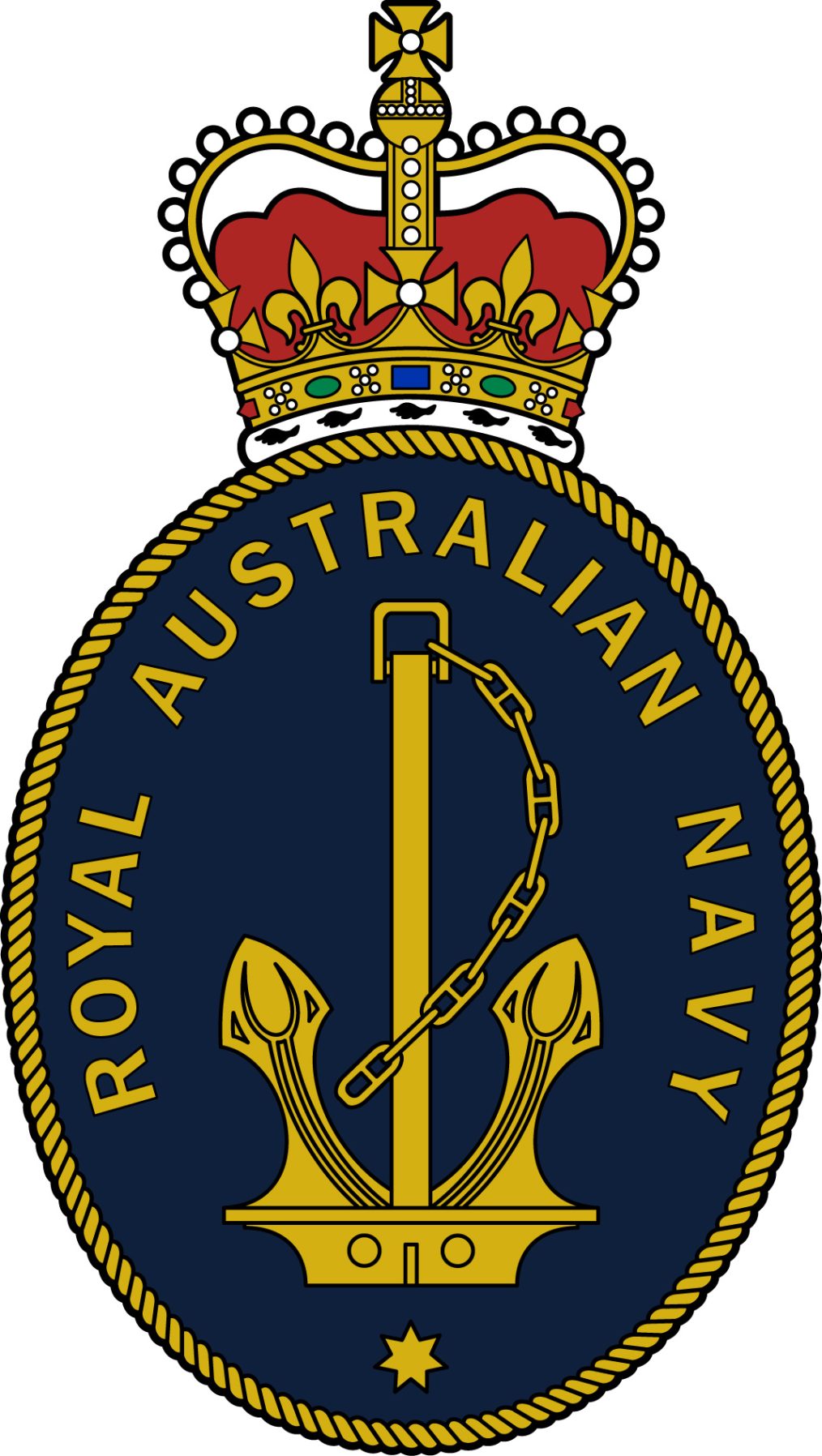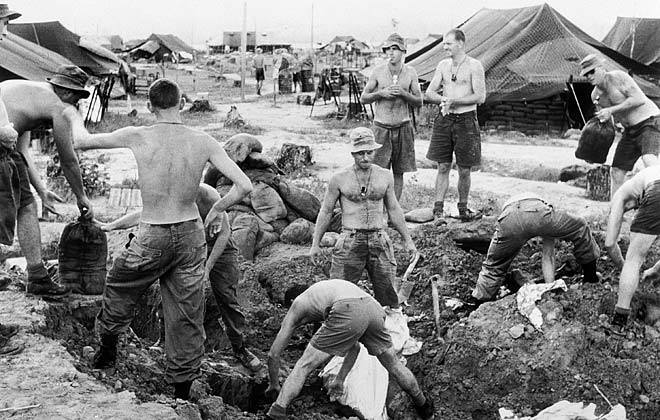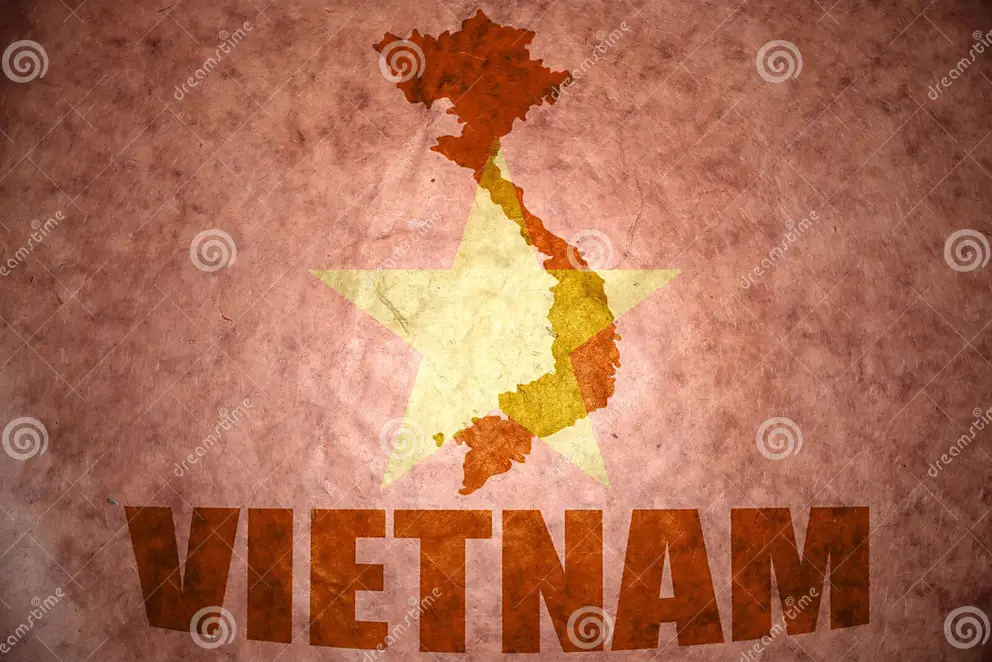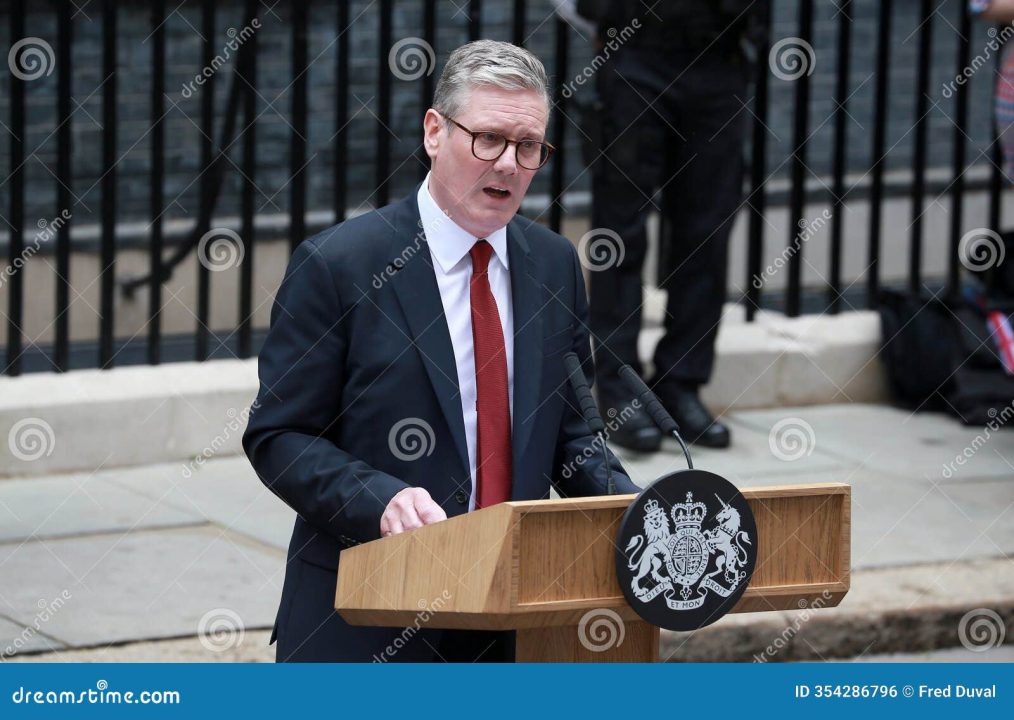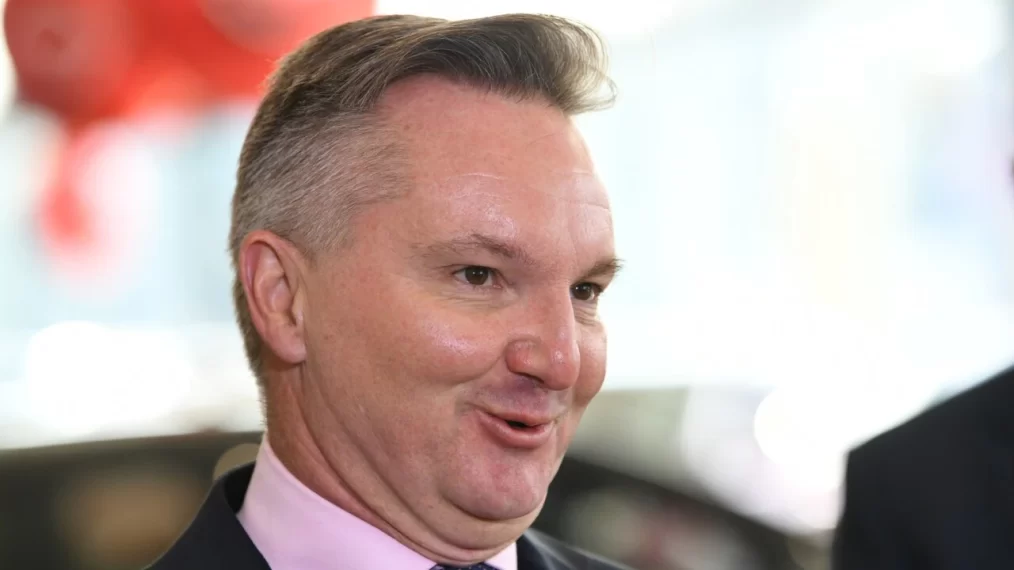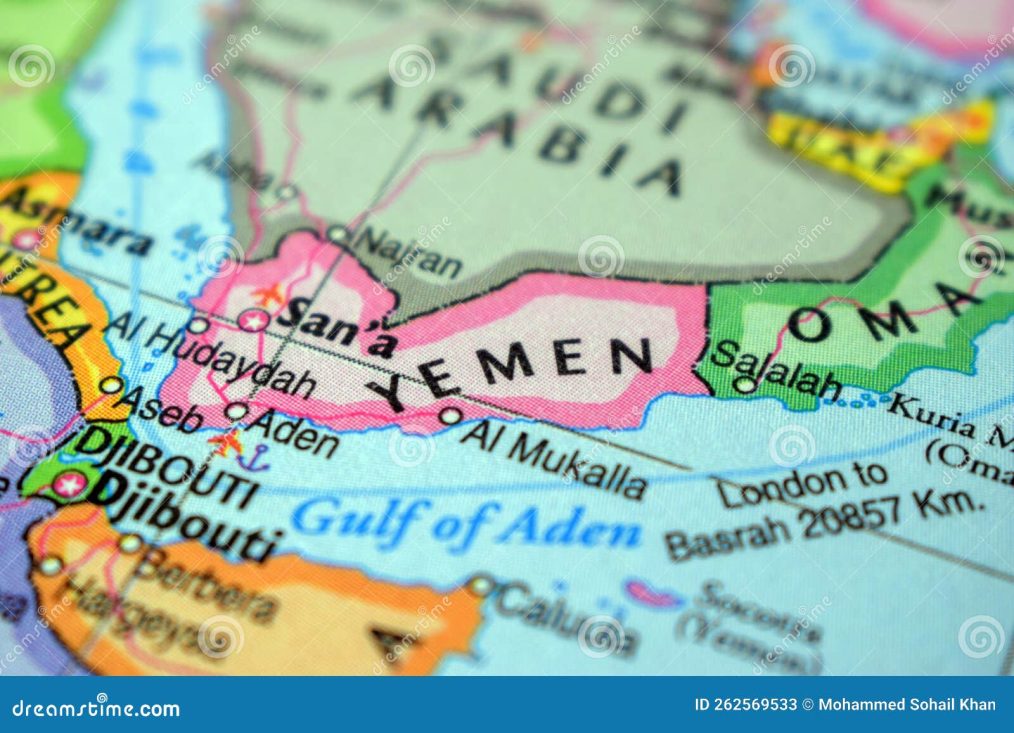Two Australian soldiers were killed and two wounded by sniper fire in the rice fields of Vietnam in January 1966.
During the contact, an injured but determined enemy sniper left a 200-metre blood trail as he crawled to reach an underground tunnel.
Borrowing an Owen Gun with its stock removed from a medic, Sapper (retd) Alan Christie from 3 Field Troop volunteered to pursue and followed in complete darkness.
“I could hear him ahead of me and assumed he could hear me,” Mr Christie said.
CLICK LINK to continue reading this story
Tale of a sniper rifle has double-barrelled ending | Defence
Kyiv Independent
Sir Keir Starmer’s first visit to Kyiv as Prime Minister took an unexpected turn when a Russian drone was shot down near the presidential palace during his meeting with President Volodymyr Zelenskyy. The incident, which unfolded against the backdrop of air raid sirens and anti-aircraft gunfire, underscored the precarious reality of Ukraine’s daily struggle against Russian aggression.
Starmer’s visit was already a significant diplomatic gesture, marking his government’s commitment to Ukraine’s sovereignty and security. However, the sound of gunfire in the palace courtyard added a layer of drama that no one could have foreseen. Eyewitnesses reported at least two drones in the area, likely of a surveillance nature, as the downed device did not explode upon impact. The close call highlighted the ever-present dangers in Kyiv, even in its most secure locations.
President Zelenskyy, known for his resolute demeanour, downplayed the immediate threat with a quip: “We will say hello to them too.” His reaction served as a reminder of Ukraine’s resilience amid the ongoing conflict. Yet the incident reinforced the perilous environment in which Ukrainian leaders and their allies operate daily.
Despite the tense moment, Prime Minister Starmer remained undeterred in his mission. He reiterated the UK’s steadfast support for Ukraine’s NATO ambitions and condemned Russia’s continued aggression. In a powerful statement of solidarity, Starmer announced plans to send 1,540 artillery barrels and a new mobile defence system to bolster Ukraine’s military capabilities.
During a symbolic press conference alongside Zelenskyy, Starmer emphasised the UK’s long-term commitment to Ukraine’s security, pledging to “stand by Ukraine for as long as it takes.” He hinted at potential British troop deployments in training or peacekeeping roles, declaring, “nothing is off the table” when it comes to aiding Ukraine.
President Zelenskyy acknowledged the uncertainty surrounding the conflict and the hurdles to Ukraine’s NATO membership. He cited resistance from several member states, including the United States, Slovakia, Germany, and Hungary. The evolving stance of the U.S., particularly under the impending Trump administration, adds another layer of complexity to Ukraine’s aspirations.
For Starmer, the visit to Kyiv was a stark reminder of the stakes involved in supporting Ukraine. It also underscored the UK’s role as a key ally in a volatile and unpredictable conflict. One can only imagine the international fallout had the drone incident taken a more tragic turn. Instead, it served as a vivid testament to Ukraine’s resilience and the resolve of its allies to uphold democratic values in the face of aggression.
Chris Bowen MP, the current Minister for Climate Change and Energy, is under fire for alleged manipulation of public servants and dissemination of misinformation to mislead the Australian public. Critics argue that his actions could earn him the dubious title of “Australia’s Worst Minister.”
Allegations of Manipulating Public Servants
Reports have emerged suggesting that Bowen has pressured public servants to alter or manipulate figures related to the costs and feasibility of nuclear power in Australia. Nuclear energy, a topic of increasing interest in the context of Australia’s transition to clean energy, has been painted as prohibitively expensive by Bowen’s office. However, some insiders claim that these figures have been skewed intentionally to support a political narrative rather than reflecting genuine data.
The allegations include:
- Falsified Cost Comparisons: Critics allege that Bowen’s department has selectively inflated the costs of nuclear power projects while downplaying the expenses associated with renewable energy alternatives, such as wind and solar.
- Lack of Transparency: Documents and data underpinning these claims have been difficult to access, raising concerns about accountability and transparency.
- Misinformation Campaign: By spreading these manipulated figures, Bowen is accused of misleading the public and stifling genuine debate on Australia’s energy future.
The Nuclear Power Debate
Nuclear power has long been a contentious issue in Australia, but with advancements in technology and increasing pressure to reduce carbon emissions, some see it as a viable option to ensure energy reliability. Small Modular Reactors (SMRs) are now being championed as safer, more affordable, and quicker to deploy than traditional nuclear plants.
Bowen, however, has been steadfast in his opposition to nuclear energy, calling it a “distraction” and “prohibitively expensive.” These statements, coupled with the recent allegations, have led critics to question whether his position is based on evidence or ideological bias.
A Legacy of Controversy
This is not the first time Bowen has faced criticism for his ministerial decisions. His tenure has been marked by several contentious policies and actions, including:
- Energy Prices: Under Bowen’s watch, energy prices have continued to rise, placing a significant financial burden on Australian households and businesses.
- Net Zero Targets: While pushing aggressive net zero targets, Bowen has been criticised for lacking a comprehensive plan to achieve them without jeopardising energy security.
- Inadequate Stakeholder Engagement: Industry leaders and experts have expressed frustration at being excluded from meaningful discussions about Australia’s energy strategy.
Public and Political Backlash
The allegations against Bowen have sparked outrage among opposition members, energy experts, and the public. Shadow ministers have called for an independent inquiry into the claims, emphasising the importance of transparency and evidence-based policymaking.
Senator Malcolm Roberts, a vocal proponent of nuclear energy, has called for Bowen’s resignation, stating, “Australians deserve honesty from their leaders, not propaganda disguised as policy.”
The Bigger Picture
The debate over nuclear power is part of a broader discussion about how Australia can meet its energy needs while transitioning to a low-carbon future. Manipulating data to suit political ends not only undermines public trust but also risks derailing potential solutions to critical issues like energy reliability and climate change.
Conclusion
Whether Chris Bowen truly deserves the title of “Australia’s Worst Minister” is for history to decide. However, the allegations of misinformation and manipulation raise serious questions about his leadership and decision-making. In a time when transparency and evidence-based policy are more critical than ever, Australians must demand accountability from their leaders.
The future of Australia’s energy landscape hangs in the balance, and it is imperative that decisions are made based on facts, not political agendas.
ED: In the last four days I have received this video each morning from different members … seems time to say NO again.
A newly constructed airstrip on Abd al-Kuri Island, a remote outpost in the Indian Ocean near the Gulf of Aden, has sparked intrigue and speculation about its purpose and the entity behind its development. The island’s strategic location, near one of the world’s most crucial waterways for cargo and energy shipments to Europe, underscores the potential significance of this development.
Satellite imagery dated January 7 reveals a north-south runway under construction, equipped with trucks and heavy machinery. The paved sections bear the designations “18” and “36” at their respective ends. Measuring approximately 1.5 miles long and 150 feet wide, the airstrip could support private jets and medium-sized aircraft upon completion. However, its length suggests it would not accommodate the largest commercial aircraft or heavy military bombers. A missing segment indicates the project is still in progress.
While the airstrip remains unregistered with the International Civil Aviation Organization (ICAO), raising questions about its official status, its strategic value is undeniable. Situated within Houthi drone and missile range but far from mainland Yemen, it appears shielded from immediate ground-based threats. The geographic isolation of Abd al-Kuri limits the risk of direct seizure by hostile forces.
The Gulf of Aden has gained heightened significance amid the ongoing conflict involving Yemen’s Houthi rebels, who have disrupted shipping routes through frequent attacks. These disruptions have halved cargo and energy shipments, further emphasizing the region’s vulnerability. The development of the airstrip could signal a broader effort to secure and monitor these critical waterways.
The United Arab Emirates is widely suspected to be behind the airstrip’s construction, aligning with its known initiatives to bolster its strategic military footprint in the region. This follows similar expansions, such as the extended runway in Mocha on the Red Sea and another airstrip near Dhubab in Yemen’s Taiz governorate. Both projects have enhanced the operational capabilities of these locations.
This activity coincides with escalating tensions in the region. The Houthi rebels have launched numerous attacks against US warships in the Red Sea and directed strikes toward other targets, heightening fears of a broader conflict. These developments have amplified concerns about the potential for significant escalation and the broader implications for regional stability.
Experts note the strategic calculus behind these developments. The Gulf of Aden’s proximity to global trade routes makes it a focal point for power projection. The airstrip on Abd al-Kuri may serve as a vital hub for surveillance, logistics, or other military operations aimed at countering threats in the region.
As construction progresses, questions linger over the long-term intentions for the airstrip and the broader implications for regional geopolitics. While its existence reflects the complexities of power dynamics in the Gulf of Aden, its full significance remains to be seen.
A new variation of the “brushing” scam is making its way across Australia, targeting unsuspecting individuals. Here’s what you need to know to stay safe:
What is a Brushing Scam?
A brushing scam involves receiving an unexpected package in the mail containing items you did not order. These items are often from online retailers like Amazon, though they may not directly bear the company’s branding. Common items sent in such scams include rings, bracelets, necklaces, Bluetooth speakers, or other small, inexpensive products.
How Does it Work?
- Unsolicited Package: The package arrives with your name and address but typically lacks sender information.
- Embedded QR Code: The package might include a QR code labelled as a way to identify the sender or get more information about the gift.
- QR Code Danger: Scanning the QR code gives scammers access to your personal device. They may harvest sensitive data, such as:
- Personal information
- Financial details
- Login credentials for bank accounts or other services
What Do Scammers Gain?
- Boosted Product Reviews: In traditional brushing scams, scammers use your name to leave fake reviews for their products.
- Data Theft: In the updated version, scanning the QR code allows them to access your phone, potentially draining bank accounts and compromising personal security.
Protect Yourself and Your Family
- Do Not Scan Unknown QR Codes: Whether on a package, parking meter, or public advertisement, avoid scanning any QR code unless you trust its source.
- Keep the Package or Discard It: You are under no obligation to return unsolicited items. However, do not use the QR code to try to identify the sender.
- Monitor Your Accounts: If you suspect your information has been compromised, keep an eye on your financial accounts and change passwords immediately.
- Spread Awareness: Inform family and friends about this scam, especially those who might not be familiar with QR code security risks.
What to Do if You Suspect a Scam
- Report suspicious packages to your local postal service or retailer.
- File a report with consumer protection agencies, such as the Federal Trade Commission (FTC) or your country’s equivalent.
- Consider freezing your credit to prevent identity theft.
By staying vigilant and informed, you can protect yourself and your loved ones from falling victim to this increasingly sophisticated scam.
Sky News host Steve Price has reflected on the state of Australia and its future saying that people are waking up to the fact the radical left has failed them.
“I sense like the rest of the world people are waking up to the fact that lecturing wokeism has had its day…. people are sick and tired of being told what to think … they don’t want to be lectured to,” Mr Price said.
“I’m not saying we will ever get back to days of the 60s, 70s and 1980’s the golden days for Australia as I see it… but I do have confidence that young people are waking up to the fact the Greens are radical activists, not environmentalists…. that hard-left Labor…. think PM Albanese and Vic Premier Jacinta Allen…are too agenda-driven.”
Nicho’s sister, Rhonda, advised me earlier today that ‘Billy Nicho’ passed away this morning.
Nicho served with 1 RAR in the Anti-Tank Platoon in Vietnam, as a LCpl, from 27 May 65 to 1 Jun 1966.
He also served in Vietnam with 7 RAR as a Sgt from 16 Feb 70 to 7 Jan 71.
His Regimental details are:
- William Joseph Nicholson
- Regt Number 3411491
- DOB 25 Apr 1938
- DOD 17 Jan 2025
Kind Regards
Bill Kaine

